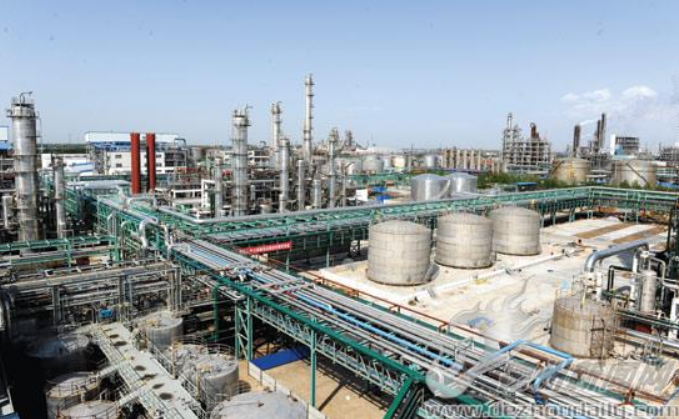Meg, short for Monoethylene Glycol, is a crucial chemical compound with diverse applications across various industries. This versatile substance, also known as Ethylene Glycol, plays a pivotal role in numerous processes due to its unique properties.
MEG is most commonly used as chemical intermediate in the manufacture of polyester resins and textile fibers. MEG is wildly used as automotive antifreeze due to its low freezing point when mixed with water and used as heat transfer fluids for ventilation and air-conditioning systems. In this article, we will explore the chemical composition of Meg and delve into its wide-ranging applications in different sectors.
Chemical Composition of Meg (Monoethylene Glycol)
Meg, or Monoethylene Glycol, is a colorless, odorless, and sweet-tasting liquid. Chemically, it belongs to the glycol family, with the molecular formula C2H6O2. The compound consists of two hydroxyl (OH) groups, making it a diol or glycol. Its relatively simple structure conceals a multitude of applications that stem from its excellent solvent properties, low toxicity, and high boiling point.

Antifreeze and Coolant in Automotive Industry
One of the primary uses of Meg is as an antifreeze agent in the automotive industry. When mixed with water, Meg forms a solution that lowers the freezing point of the mixture. This property is crucial for preventing the formation of ice in the radiator and coolant system of vehicles, ensuring optimal engine performance even in cold temperatures.
Meg's ability to inhibit the formation of ice makes it a key component in engine coolants, providing a year-round solution for vehicles operating in diverse climates. Its effectiveness in preventing freezing and overheating helps maintain the efficiency and longevity of automotive engines.
Industrial Applications: Heat Transfer Fluids
In various industrial processes, Meg serves as a heat transfer fluid. Its high boiling point and thermal stability make it an ideal choice for applications where precise temperature control is essential. Meg is commonly used in systems that involve heating, cooling, and maintaining consistent temperatures in various manufacturing processes, such as chemical production and pharmaceutical manufacturing.
The versatility of Meg in heat transfer applications contributes to its widespread use in industrial settings, where maintaining specific temperature ranges is critical for the quality and efficiency of production processes.
Polyester Resin Production
The production of polyester resins is another significant application of Meg. When reacted with phthalic or maleic anhydride, Meg forms a crucial component in the synthesis of polyester resins. These resins, in turn, are widely used in the manufacturing of fiberglass-reinforced plastics, paints, and coatings.
The incorporation of Meg into the production of polyester resins enhances the material's durability, flexibility, and overall performance. This makes it a valuable component in industries that rely on composite materials for various applications.
Deicing Solutions in Aviation
Meg's antifreeze properties extend beyond the automotive industry to aviation. It is commonly utilized in the formulation of deicing solutions for aircraft. These solutions prevent the buildup of ice on the surfaces of aircraft, ensuring safe takeoffs and landings in winter weather conditions.
Meg-based deicing fluids are preferred for their effectiveness in melting ice and preventing its reformation. The aviation industry relies on these solutions to maintain the safety and functionality of aircraft during adverse weather conditions.
Humectant in the Food and Pharmaceutical Industries
Meg's hygroscopic nature makes it suitable for use as a humectant. In the food and pharmaceutical industries, Meg is employed to retain moisture and prevent the drying out of products. It is commonly found in items like baked goods, confectionery, and certain medications where moisture retention is crucial for maintaining product quality.
The humectant properties of Meg contribute to the preservation of texture, taste, and shelf life in a variety of consumable products, making it a valuable ingredient in these industries.
Conclusion: Meg's Ubiquitous Presence Across Industries
In conclusion, Meg, or Monoethylene Glycol, is a chemical compound that plays a vital role in diverse industries due to its unique properties. From antifreeze and heat transfer applications to polyester resin production, deicing solutions in aviation, and serving as a humectant in food and pharmaceuticals, Meg's versatility is evident across a broad spectrum of applications.
For businesses seeking a reliable supplier of Meg or those interested in exploring its applications, contacting reputable suppliers is essential. A trusted supplier ensures the quality and consistency of Meg, contributing to its successful integration into various industrial processes. Embracing the diverse uses of Meg not only enhances the efficiency of processes across industries but also underscores its importance as a valuable chemical in modern manufacturing and technology.
















